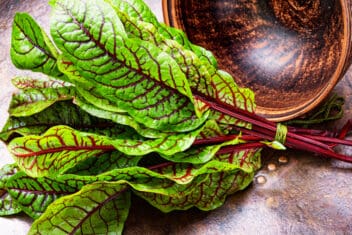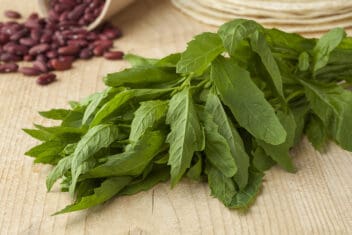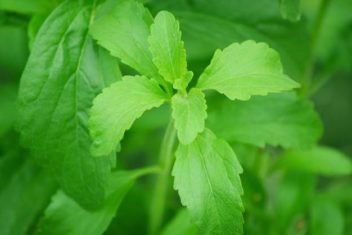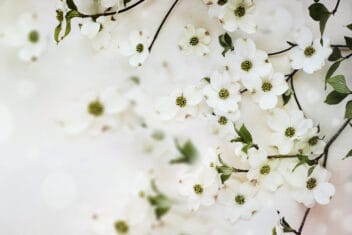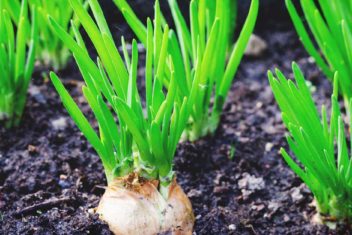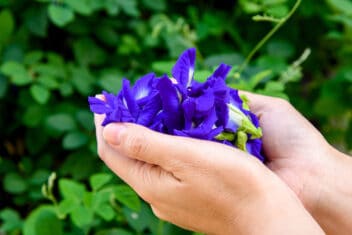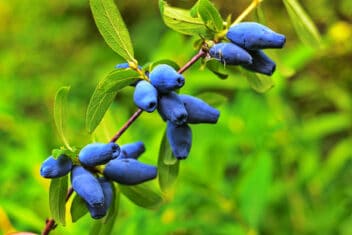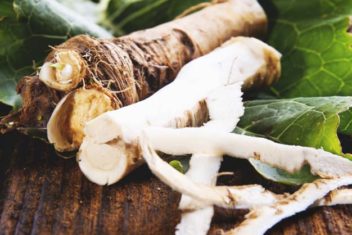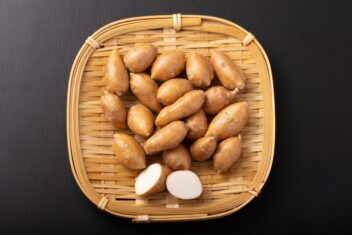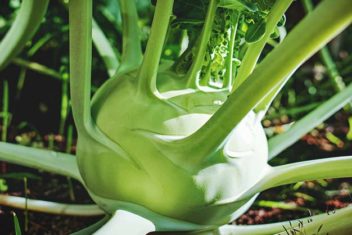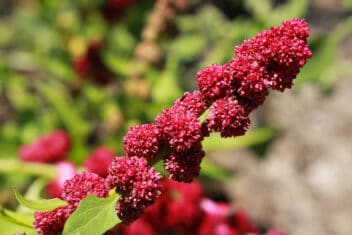After seeing the cost of pine nuts in the supermarket, I knew I wanted to grow my own. I use a lot in the kitchen, and the little bags from the store just don’t cut it.
Growing your own pine nuts is straightforward, and with patience and plenty of space, you’ll be able to harvest a large amount of those nutty little treats.
There is a time commitment (they take a few years to start producing), but you will get pine nuts for generations once you have productive trees.
What is Pine Nut Tree?
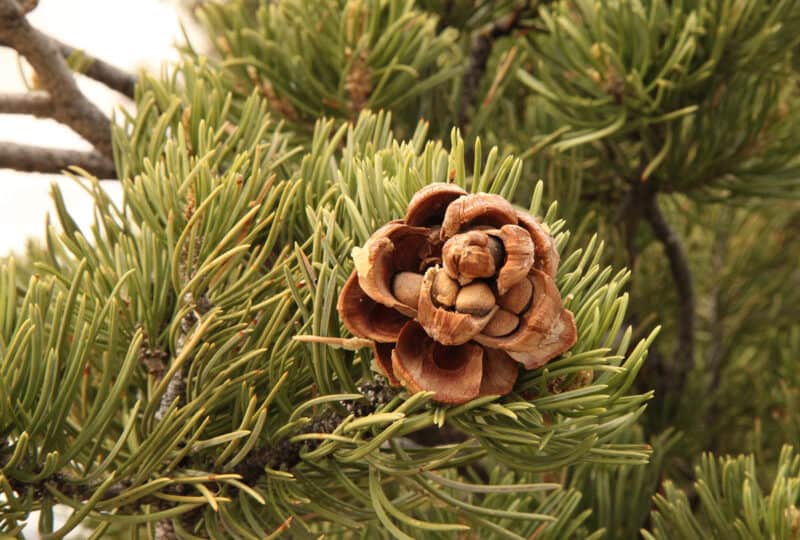
Pine nuts have been used in the kitchen for thousands of years. They were found in the ruins of Pompeii kitchens, and it’s believed Roman soldiers carried them in their provisions.
Native American tribes used them ground into meal and stored for use throughout the year.
There are pine nuts native to different parts of the world. The varieties native to the United States are called pinyon pines. Europe has the European Stone Pine, and Asia has the Korean Pine, although there are other varieties.
Varieties of Pine Nut Tree
About 20 varieties produce edible nuts, but the following four are the most common and produce the most and largest nuts. Because these are the most common trees planted, they’re easier to find.
Mexican Stone Pine (Pinus cembroides)
Also known as Mexican pinyon and Mexican pine nut, this plant does best in zones 5 to 8. This tree grows between 25 to 65 feet high and up to 25 feet wide.
Colorado Pinion (Pinus edulis)
Also known as Colorado pinyon and Rocky Mountain pinyon, this variety does well in zones 5 to 8. A similar growth habit to the Mexican, it can grow between 36 to 66 feet high.
Korean Nut Pine (Pinus koraiensis)
Also known as Chinese nut pine, zones 3 to 7 are ideal for the best growth. This is a big tree reaching between 130 to 160 feet in height.
Italian Stone Pine (Pinus pinea)
Also known as umbrella pine and parasol pine, this tree is best in zones 7 to 11. It grows between 40 and 80 feet high.
How to Plant Pine Nut Trees
Pine nut trees take a long time to produce but look at it as planting a food source that will produce for years to come.
Due to their size, pine nut trees don’t suit containers. They have very long taproots.
Plant in full sun to partial shade. Seedlings and saplings need more sun than shade and will grow slower if they don’t get enough. Pines make good windbreaks and suit permaculture and food forests.
The pH requirement for pine nuts varies between types but sits in the range of 5.1 to 7.5.
Planting Seed
First, let me start by saying if you can buy seedlings, definitely choose those over seeds. The germination rate of collected seeds is very low, and your patience will be tested.
Having said that, here is the method for gathering and planting seeds.
The female pinecone produces two seeds underneath each scale. They can be collected only when the pinecone has dried and opened completely in the fall.
Turn the pine cones upside down and shake. The dried seeds will fall from the cone, or use tweezers to pull them out gently. They have a wing or sail, which assists the wind in dispersing them.
Look for seeds that are completely intact. Place the seeds in a container of water and remove those that float. Keep the ones that remain under the surface or sink to the bottom.
To improve your chances of germination, you should stratify them. Place them in a clear plastic bag with moist peat or sand and place in the refrigerator for four to eight weeks. If any germinate in the cold, plant them straight away.
Sow the seeds in small pots and place in an area where they will be at least 60ºF. Keep moist and transplant into bigger pots outside in spring when the plants are at least 3 inches tall.
Plant out in spring or fall, but check with your local nursery as to the best time to plant in your zone.
Planting Seedlings
When you plant your seedlings, make sure the hole you dig is straight down, rather than off to one side. This is to make sure the main taproot heads straight down and not at an angle.
Plant at least two of the same variety, so they help each other fertilize. Most pine nut trees are self-fertile, but a solo tree will take much longer to grow the cones, and there will be less to harvest.
Plant 15 feet apart for a wind break. Plant 30 feet apart as stand-alone trees.
Caring for Pine Nut Trees
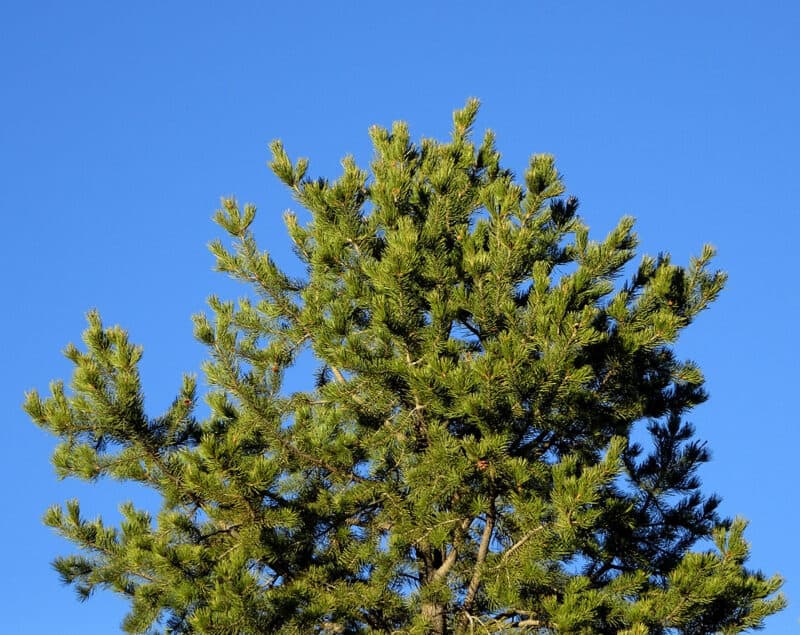
Pines are one tree that doesn’t take too much labor from you while they grow.
Fertilizer
Make sure you dig in good quality organic fertilizer before planting. Once you have planted the seedlings, apply a thick layer of mulch.
Water
Water well so the soil doesn’t dry out when the saplings are young. Reduce water as these trees get older. They’re quite tolerant of drought.
Pruning
Prune pine nut trees depending on the size. When they’re small, let the lower branches on the tree grow.
As the tree grows (after a year or so), prune the lower branches so you can get under to weed or mow.
The main pruning tip is never to prune more than a third of the tree in any season.
Companion Planting for Growing Pine Nut
I don’t plant under my pines mainly because the needles are quite acidic. I will plant near them, though, and have successfully planted the following close to my pine nut trees.
- Blueberries
- Blackberries
- Huckleberries
All of these ended up spreading under the pines except in the most shaded area.
Another option is to plant anything in pots under the pine. That way, you can move them around as you need to. You won’t disturb the roots of the pine at harvest or removal time either.
Common Problems and Solutions for Growing Pine Nut
Pine nut trees are hardy and don’t usually suffer from pests and diseases, but some of the issues you might encounter include:
Western Conifer Seed Bug
Usually appearing in the fall, this bug feeds on developing cones and seeds. Adults overwinter and emerge around May. They lay eggs on needles in long chains.
The young emerge in just ten days and start consuming the young needles almost immediately.
Parasitic wasps can control these bugs, but I prefer to use pesticides early in the season. Talk to your local nursery about the best pesticide you can use in your area.
Pine Shoot Moth
The main sign of these bugs is curled new shoots. Larvae bore into needles and shoots, causing irrepealable damage. You will often see stunted growth and excess resin on the shoots and needles. You may also see small patches of webbing.
The first thing you should notice is yellowing of the tips of the needles. Spring is the time most damage is seen.
I had this problem once and got rid of it by pruning away infected portions of the plant and burning them straight away.
Another option is a pesticide like carbaryl. That is quite strong and indiscriminate, so try pruning first.
If you know there is a problem in your area you may want to consider spraying at the beginning of spring and again mid to late spring.
Armillaria Root Rot
This is quite rare, and luckily so, as it is a real pain. One week your tree looks healthy, and the next, you notice drooping, yellowing, and dieback of the upper tree. You may also see mushrooms growing nearby.
Once this occurs, your tree will inevitably die. It’s just a matter of how long.
Check the base of the tree. If you see a fan-shaped fungal growth heading up the tree from the soil, it’s time to investigate seriously.
Cut the infected bark away and if you see fine, silky threads combined with a mushroom smell, your tree likely has this disease.
This is a soil-borne disease that sits and waits for years. Once it comes into contact with a healthy root, it spreads rapidly. Remove your tree and burn it or remove it from your property straight away.
The only way to avoid this disease is to plant in good draining soil and provide sufficient water for the tree to be as strong as possible.
Don’t plant crops in this area again unless they are immune to this disease. Consult your local nursery.
Harvesting Pine Nuts
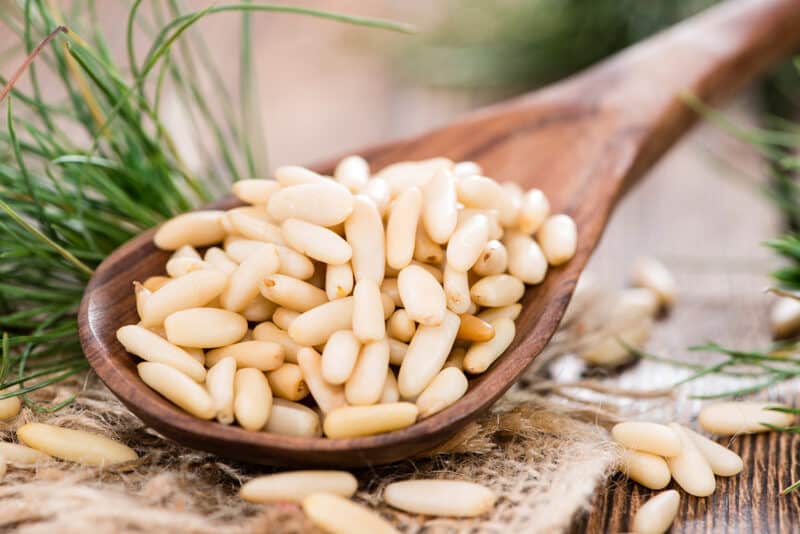
This is where the fun begins. Growing them may be easy, but harvesting pine nuts is hard work. Don’t worry, it’s well worth it.
When your tree produces large cones, and they are beginning to dry it’s time to harvest. I use a long stick with a hook to pull the cones off. One of my trees is so big I take the lower cones, and I leave the upper ones to the birds.
You can collect the mature cones that drop on the ground, but be quick to beat the animals.
Place your cones in a burlap sack and leave them in the sun until they are completely dry.
At this point, whack the bag with a baseball bat to separate the nuts from the cones.
Sort the nuts from the chaff and set them aside. This is laborious, but you will get quicker over time.
The nut is surrounded by a shell, so remove it with your fingernails or use a nutcracker.
Freeze the seeds in small batches to use whenever you need them.
The Lowdown on Pine Nut Trees
As you can see, pine nuts are a long-term plant, but once they are planted you can carry on with your other chores and just check them a few times a year.
They are a great legacy plant because they will feed your family for years once they start fruiting.
Don’t be concerned about the time and effort because if you have the land for these trees, they make a great windbreak and food source. Harvesting is a family affair, so have fun and give pine nuts a go.

